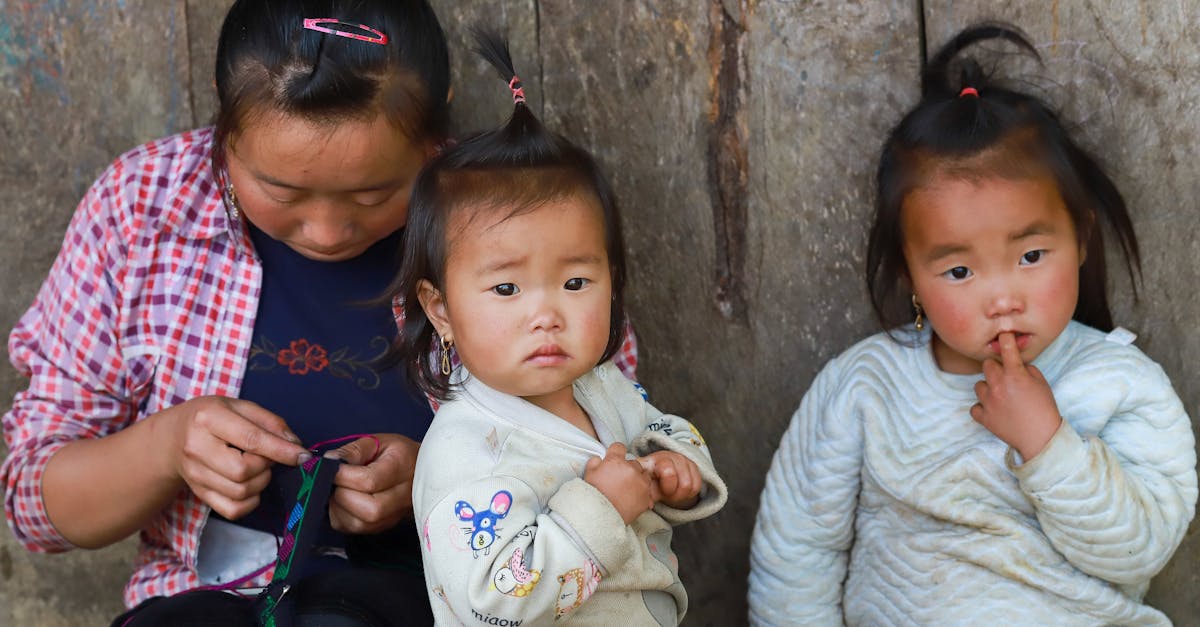Exploring Identity and Family in Pachinko by Min Jin Lee
Introduction
Min Jin Lee’s novel, Pachinko, takes readers on a profound journey through the intricate tapestry of identity and family. Set across nearly eight decades, the narrative follows four generations of a Korean family grappling with personal and cultural challenges. As they navigate life in Japan, issues of belonging, prejudice, and heritage prevail, painting a vivid picture of the Korean diaspora's struggles. Pachinko's rich story expounds on how historical events, such as the Japanese occupation of Korea, cast long shadows over individual lives. Readers are given an intimate look into the sacrifices and tenacity required to preserve family integrity amidst adversity. Such themes resonate powerfully, highlighting universal quests for belonging and identity.
Advertisement
Historical Context and Impact
The historical backdrop against which Pachinko is set is pivotal. Beginning in 1910, when Korea was annexed by Japan, the story progresses through World War II and into the modern era. This historical arc shapes the identity and experiences of its characters. Under Japanese rule, Koreans faced severe discrimination, forcing many to migrate for survival and economic opportunity. These immigrants, referred to often as 'Zainichi Koreans,' encountered identity dilemmas, further compounded by Japan’s post-war societal changes. Their struggles for acceptance and the perpetual search for identity reflect the broader challenges of cultural assimilation and preservation.
Advertisement
Generational Perspectives
Pachinko intricately weaves personal and familial narratives alongside towering historical events, showcasing the varying experiences across four generations. Each generation in the novel represents a distinct phase of the Korean diaspora’s experience in Japan. The elder characters often bear the direct scars of colonization and wartime hardships, their tenacity and values deeply etched by survival needs. Conversely, the younger characters grapple more with identity crisis, caught between heritage and societal pressures in Japan. This generational contrast adds layers to understanding identity formation as both a personal and collective journey.
Advertisement
Cultural Identity in Crisis
Throughout the novel, identity crises unfold as characters confront their Korean roots against the backdrop of Japanese society. Such crises are intricately portrayed through language, traditions, and interpersonal relationships. Many characters are caught between two worlds, attempting to assimilate while yearning to maintain their sense of heritage. For instance, the novel delves into challenges of citizenship and the stigma attached to being of Korean descent in Japan. These challenges highlight the internal conflicts and external prejudices that exacerbate struggles in defining self-identity and familial bonds.
Advertisement
Family Dynamics in Hardship
Family plays a central role in Pachinko, offering a safe harbor amidst external chaos. The concept of family in the novel is not just biological but extends to community support systems crucial for survival. Lee highlights how family ties can either empower or entangle, serving as vehicles for survival and continuity. The resilience of family units amidst socio-political adversities underscores the theme of perseverance. In parallel, tensions arise when traditions clash with contemporary life choices, further compounding the identity conflicts that arise. These familial bonds are frequently tested, reflecting the universal challenges families face irrespective of cultural backgrounds.
Advertisement
Resilience and Identity
Lee’s storytelling masterfully captures resilience as characters navigate identity paths shaped by their surroundings. Resilience becomes a defining characteristic, intricately tied to identity formation and family legacies. The narrative emphasizes that identity isn't static but an evolving process influenced by external challenges and inner resolve. Symbolic representations, like pachinko games, illustrate unpredictable outcomes and fortune's fickle nature, mirroring life's unpredictability. This resilience, etched in personal and collective histories, becomes a beacon for characters striving for acceptance and recognition in unfamiliar terrains.
Advertisement
Bulwark of Tradition
Traditions and cultural practices serve as the bedrock that anchor the characters' sense of identity in Pachinko. Lee illustrates how cultural heritage acts as a silent yet potent force binding individuals to their past. Traditions provide an enduring link to homeland, even as characters carve new lives abroad. This adherence to traditions often creates friction in the novel when trying to harmonize with modern societal norms. Yet, it is these very traditions that safeguard identity, ensuring the narratives of survival, resilience, and family reverberate beyond generations.
Advertisement
Identity and Society
Lee adeptly portrays how societal perceptions and biases influence identity and self-worth. Through characters' eyes, readers witness the harsh realities of xenophobia and marginalization in a society reluctant to embrace foreigners. Pachinko touches on themes of racial identity and the harsh societal norms that significantly constrain personal growth. Characters’ struggles with societal expectations reveal vulnerabilities and strengths, portraying a world where identity is continually negotiated. This reflection incites readers to ponder deeper questions about acceptance and humanity.
Advertisement
Symbolism and Meaning
Symbolism plays a crucial role in elaborating on identity and family dynamics in Pachinko. The pachinko parlor, a prevalent motif, signifies the unpredictability of life and fate. Much like the game, which is heavily reliant on luck, the characters’ lives are molded by fortune's whims, societal structures, and personal choices. Min Jin Lee utilizes this to offer commentary on how identities are shaped by circumstances beyond one's control, emphasizing agency and destiny's roles in life. This symbolism serves as a poignant reminder of the fragile balance between vigilance, hope, and despair.
Advertisement
Conclusion
Pachinko is a literary exploration of identity and family capturing the enduring human spirit faced with adversity. Through the lens of personal and historical narratives, Min Jin Lee sheds light on the struggles and triumphs of Koreans in Japan. The novel entwines themes of resilience and belonging, crafting a narrative enriched by cultural depth and historical nuance. Lee’s profound insights underscore the complexities of identity formation within diverse socio-political landscapes. Ultimately, Pachinko encourages readers to reflect on the multifaceted nature of identity amidst relentless pursuit of a sense of place.
Advertisement








